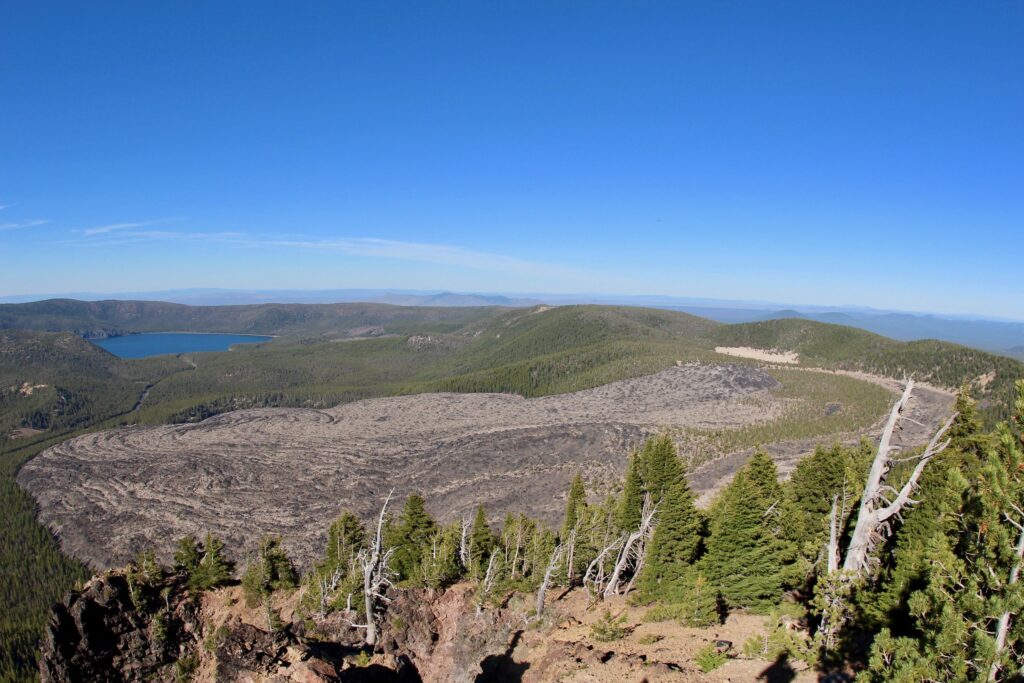
The United States in a world leader in geothermal energy. There are geothermal power plants in 7 states which produce about half a percent of the country’s electricity. Conventional geothermal energy plants take advantage of natural underground sources of heat such as geysers, superheated underground reservoirs, and such. Steam from these sources activates generators that produce electricity. However, there are not many places where these systems can be built.
More recently, there has been growing interest in so-called enhanced geothermal systems (or EGS systems) which generate geothermal electricity without the need for natural convective hydrothermal sources. There are many places where underground heat is available but no existing water taps into it. The idea is to tap into the earth’s deep geothermal resources by fracturing rock and pumping water into it to be heated.
AltaRock Energy, a Seattle-based company that develops EGS technology, has recently announced the results of a comprehensive technical and economic feasibility study demonstrating the potential benefits of an EGS system that could use high-temperature impermeable rock deep below the Newberry Volcano near Bend, Oregon. The so-called SuperHot rock there is in excess of 750 degrees Fahrenheit.
Based on measurements at the site and modeling, the study determined that an EGS system at the site could cut the levelized cost of electricity in half when compared with a conventional EGS resources at 400-500 degrees.
The company expects that the study will pave the way for the development of the first SuperHot Rock geothermal resource in the United States.
**********
Web Links
AltaRock clears hurdle in quest for ‘next generation’ geothermal resource
Photo, posted June 26, 2018, courtesy of David Fulmer via Flickr.
Earth Wise is a production of WAMC Northeast Public Radio.
Leave a Reply